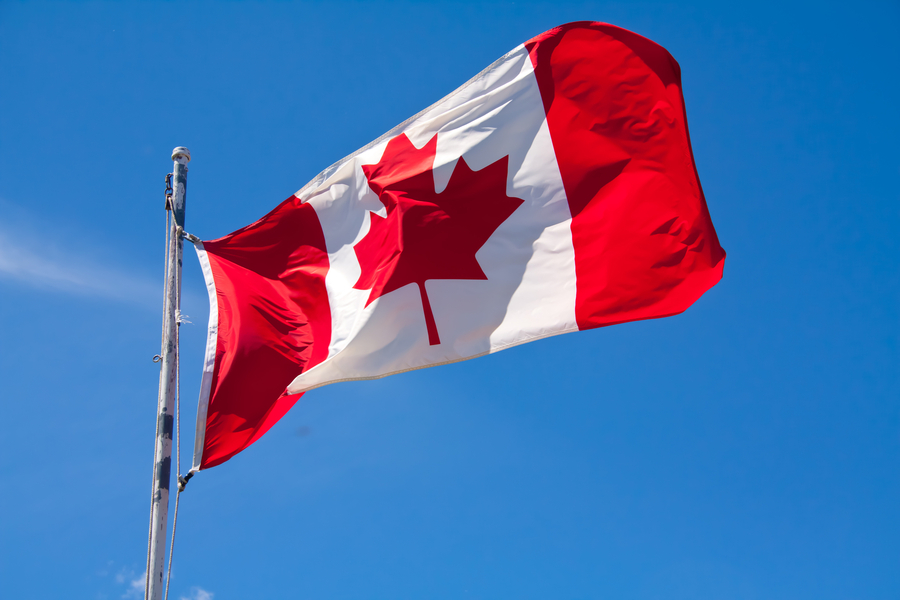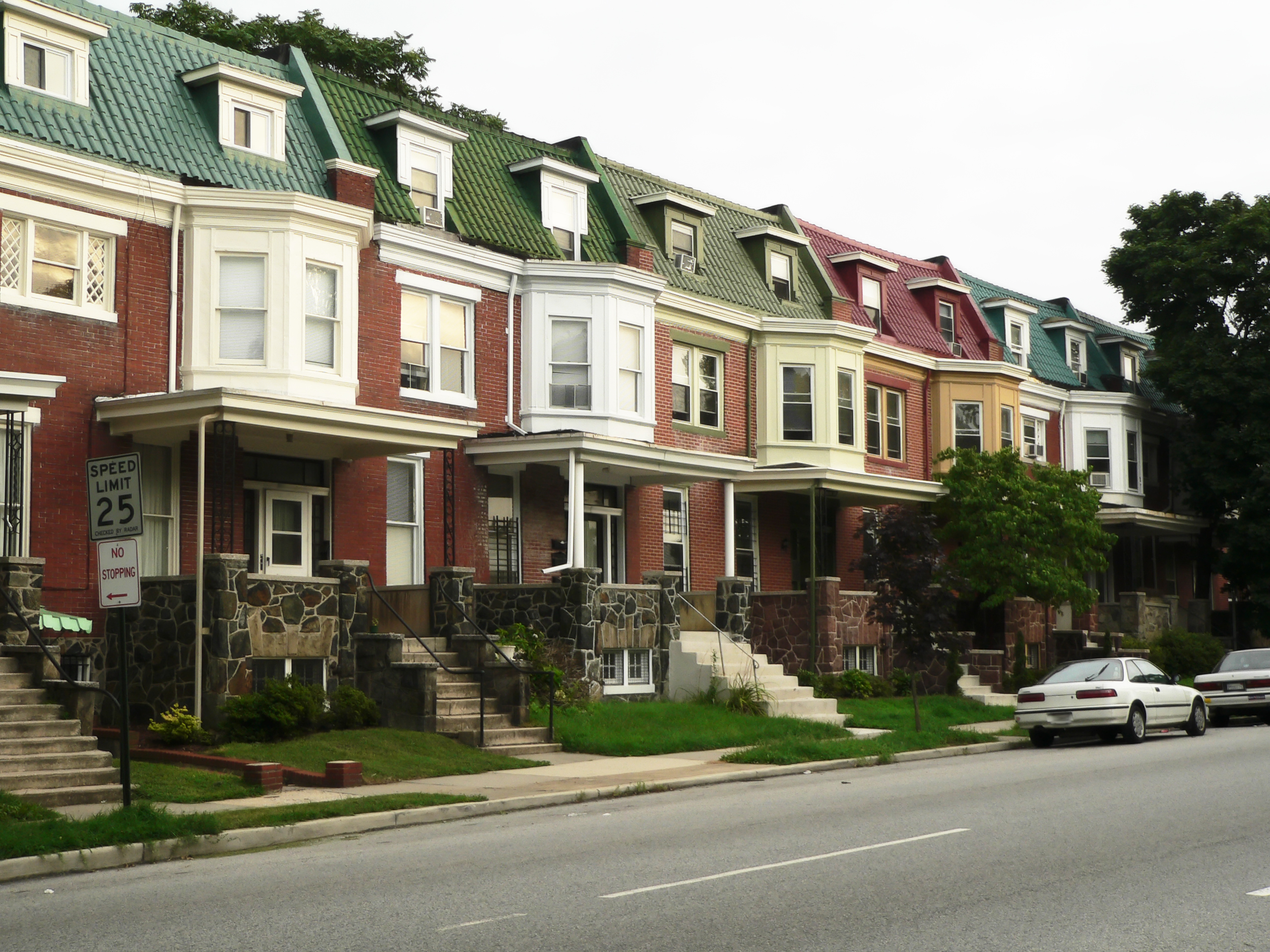The impact of the Fair Housing Plan, introduced by the Ontario government in 2017, has been felt hardest in the areas north of Toronto.
According to a Zoocasa study, York Region saw the most pronounced drop in prices. The Fair Housing Plan immediately cooled the housing market, albeit for psychological reasons, but that was enough to affect pricing in what’s been one of the more expensive parts of the Greater Toronto Area.

Between April 2017 and 2019, sale prices in Newmarket—where homes often sold for over $1 million—fell 30%, hitting $725,710, as a result of sales volume falling 31%. In the time since the Fair Housing Plan was introduced in April 2017, the market has continued contracting and listings also declined 42%, putting the sales-to-new-listings ratio at 45%, representing a balanced market and considerable improvement over the 37% in 2017.
Aurora followed suit, as prices decreased 30% but still averaged $888,387. Sales also disappeared by 35%, as did new listings by 34%, which put the sales-to-new-listings ratio at 42%. In Richmond Hill, prices fell 27%, however, at $1,016,216 home equity is still abundant. The 25% sales drop outpaced the 21% decline in new listings, suggesting that, at a 38% sales-to-new-listings ratio, it’s a buyers’ market.
It wasn’t all bad news, though. Southern Ontario bore witness to sale price increases, although for homes priced below $500,000. The Windsor-Essex region saw a housing supply boost of 16% and a sales-to-new-listings ratio of 67%, which put upward pressure on pricing: 25%, bringing the average to $343,956. London also saw price growth of 19% for an aggregate price of $429,058, even though sales fell and listings fell 16% and 3%, respectively. The sales-to-new-listings ratio was 72% and, given the competition for homes, bidding wars were commonplace.
Ottawa has been one of Canada’s hottest markets recently and the Fair Housing Plan did not appear to impede growth. Both prices and sales surged 10%, but listings declined 6% for a sales-to-new-listings ratio f 73%. The average home price in Ottawa also hit $450,295.
In addition to the Fair Housing Plan, the B-20 mortgage rules—which stipulate that mortgages are stress tested by 200 basis points—was also a major factor in the market because it resulted in an overnight reduction in purchasing power.
Neil Sharma is the Editor-In-Chief of Canadian Real Estate Wealth and Real Estate Professional. As a journalist, he has covered Canada’s housing market for the Toronto Star, Toronto Sun, National Post, and other publications, specializing in everything from market trends to mortgage and investment advice. He can be reached at neil@crewmedia.ca.









